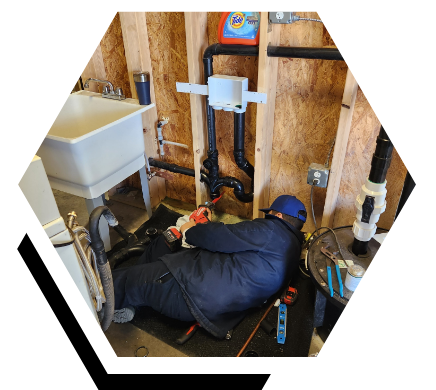Water Heater Services in Glendale
Water Heater Installation and Replacement
If your house is overrun by teenagers who use up all your hot water, it’s probably time to replace your water heating technology. Bumble Bee Home Services is Glendale’s finest water heater specialist. We’re swift, pocket-friendly, and accurate. As a locally operated business, we function on service excellence, not profits.
Water Heater Repairs
Your water heater doesn’t wait for a convenient time to break down, so Bumble Bee Home Services doesn’t wait for a convenient time to repair it. We provide affordable, accurate, and lasting repairs throughout the Glendale region, even outside business hours.
Tankless Water Heaters
Do you run out of hot water before you can even think about taking a shower? Then it might be time to go tankless. Tankless water heaters will revolutionize your daily routine. They heat on demand, so they can handle your entire family’s morning routine without running cold. They’re 34% more efficient than traditional water heaters, and with no more storage requirements, your unit can easily fit inside your bathroom.
Electric Water Heaters
Modern electric water heaters are more efficient than ever before, so an upgrade can shrink your energy bills exponentially. Bumble Bee Home Services repairs, installs, and services a wide range of water heater brands. Whether you need a new replacement or merely an annual service, our technicians will surpass your expectations. Our team is licensed, insured, and highly trained. We have decades of experience behind us. That translates into services that truly last.
Gas Water Heaters
Gas water heaters allow you to escape the grid. The market is also flooded with innovative new technologies that rely on solar or tankless systems. Many new models are even small enough to fit tiny bathroom corners and achieve lower operating costs than ever before. Our Glendale team is skilled at repairing and installing a wide range of technologies, from the tiniest gas heaters to the most advanced hybrid systems.
Glendale’s Best Plumbing Contractor
Bumble Bee Home Services has 20+ years of experience serving the Glendale community. Our team has impressed consistently over these years hence why we’re considered a leading plumbing contractor. As such, when you choose our team for your plumbing projects, you choose dependable, reliable professionals. We go the extra mile to impress our customers by treating them like part of the family. As a locally operated company, this is quite an honor. Our team is proud of the feedback we receive from the community and are keen to show you our quality plumbing service.





